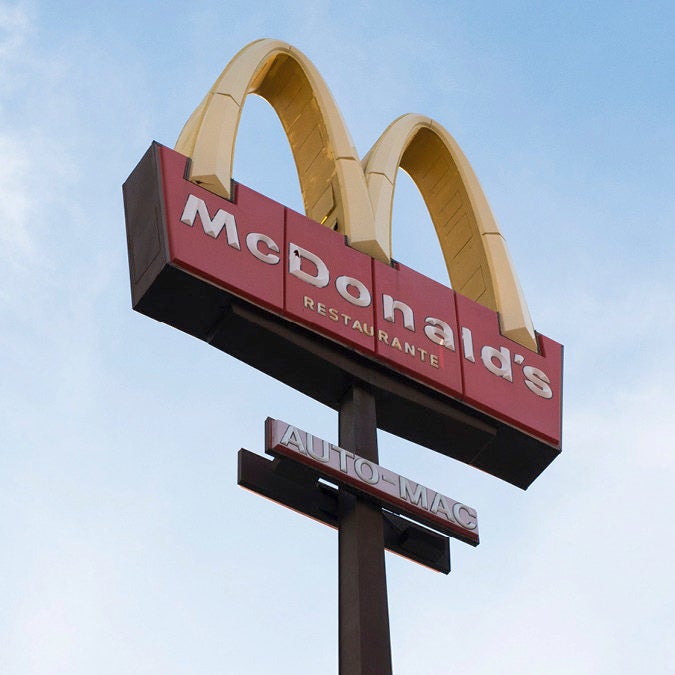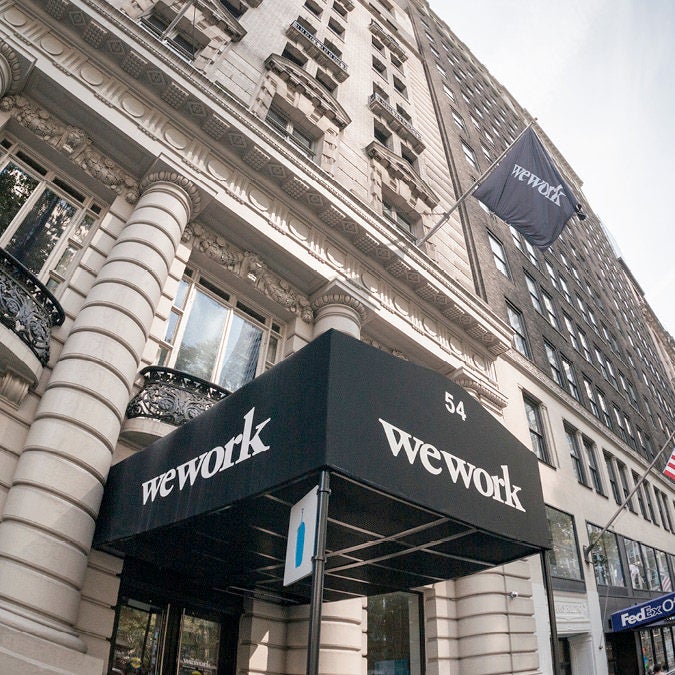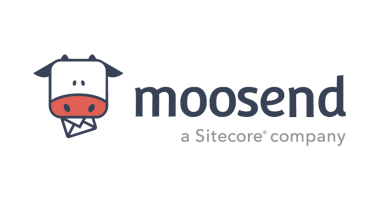1. KFC’s ‘FCK’ bucket
When KFC awarded its poultry delivery contract to DHL, the fast-food outlet could never have envisioned a supply chain breakdown would cause it to run out of chicken, forcing it to shut more than 250 UK restaurants. But in February 2018 that’s exactly what happened.
The bizarre crisis sparked apparent outrage and ridicule in equal measures as negative media sentiment mounted. A few days into the supply catastrophe, however, KFC’s UK ad agency Mother London quickly set about making an apology ad without an official brief from the client.
It rearranged the K, the F and the C to spell out “FCK” on a chicken bucket. Within the week, the almost-explicit image was approved by KFC’s UK and Ireland chief marketing officer Meghan Farren and took prime position in several national newspapers along with an apology.
“The conventional wisdom for brands that have made a huge mistake is to play it safe and hope it all blows over quickly, then when it doesn’t to do a half-hearted token apology,” Chris Gallery, partner at Mother London explains.
“Most tend to hide behind corporate jargon and speak like corporations not the humans who work there. That’s not very KFC.” And so, the agency realised it needed to “own the mistake and apologise”, he says.
KFC’s response achieved two things. It offered a mass-scale public apology to mitigate for the disruption caused to diners and franchisees, as well as a clear and transparent explanation of what was being done to fix the issue.
2. Environmental and PR crisis for BP
In April 2010 BP faced two crises. The first was to stop millions of gallons of crude oil from spilling into the Gulf of Mexico. The second was protecting its brand in the midst of an emergency that killed 11 workers and instigated lasting environmental devastation.
BP’s initial reaction to the Deepwater Horizon oil rig disaster saw it reportedly downplay the extent of the leak by 4,000 barrels a day. In the days and weeks after, it also seemed reluctant to provide a live video feed of the ruptured oil pipe.
One month after the spill, the company unveiled a $50-million print and TV ad campaign, fronted by then-chief executive Tony Hayward. However, it was lambasted by the public and then-US President Obama alike, given that BP was still trying to stem the gusher of oil when it was aired.
The business continued to double down on paid advertising, with Fortune pitting its marketing spend at $100 million in the four months after the incident. The energy company also split opinion by purchasing Google search ads against the term “oil spill”, which directed people to its website.
For Jonathan Hemus, founder of crisis management firm Insignia Communications, it’s an example of just how effective paid search engine optimisation can be when it comes to the crunch.
“Though BP was criticised for this, it was a smart and well-judged decision, which enabled many more people to visit BP’s microsite than would otherwise have been the case,” he argues.
3. Samsung’s explosive turnaround
Samsung recalled 2.5 million Note 7 smartphones in September 2016 due to faulty batteries that overheated and exploded.
The malfunction threatened to damage the tech behemoth’s business and reputation permanently, with its financial report showing mobile sales down 15 per cent by October 2016 on the back of the failure.
One year on, Interbrand data revealed the brand’s value to have increased by 9 per cent, buoyed by a profit boost. It was a cleverly orchestrated public relations and advertising plan that helped the business recover.
“Paid-for advertising can be used reactively to respond to events or criticism, or proactively to offer new information and advice, convey a brand owners’ humanity and to rebuild brand trust in the long term, as Samsung did after its Note 7 malfunctioning battery crisis,” says Jane Austin, former marketing journalist and founder of Persuasion PR.
After hosting a press conference in January 2017, in which it outlined “new and enhanced” safety measures to prevent future occurrences, Samsung turned its attention to marketing the S8 in a sensitive and transparent way.
This included a cute ad featuring a rendition of the John Lennon song, Across the Universe, and an off-the-wall video starring an ostrich that attempts to take flight to promote its Gear virtual reality headset. The brand has credited the ads for helping it rebuild its image post-crisis.
4. Myth-busting from McDonald’s
In 2015, McDonald’s realised it had a fake news problem of its own: the shareability of platforms like YouTube and Facebook was making it easier than ever for people to perpetuate myths about the origins of its food.
The fast-food giant has long had to contend with misinformation about the sourcing and provenance of its product, but in recent years these conversations have moved from the watercooler on to social media.
When videos claiming to show pink slime being pumped into McNuggets surfaced, the brand decided enough was enough and launched a myth-busting campaign called Good to Know.
Ads about where it sourced its meat and eggs soon began popping up on TV and online. Within two years McDonald’s claimed it had increased consumer trust in its products by 18 per cent.
“Advertising should be used to arrow in directly to the issue at hand. No waffle, no jargon and ideally name checked by the most senior person in the company,” says Andy Barr, owner of PR business 10 Yetis, which works with the likes of Superdry. “So, for me this will always be a stroke of crisis communications genius.”
5. WeWork’s ‘disingenuous’ apology
“WeWork has become the poster child for greed and hubris and corporate America, and a lot of that is down to how it dealt with the messaging around its recent crisis,” says Matt Rizzetta, president and chief executive of US-based PR firm North 6th Agency.
The co-working unicorn’s IPO (initial public offering) imploded in 2019 after its US Securities and Exchange Commission filing prompted red flags about financial agreements and leadership. Co-founder, chair and chief executive Adam Neumann was forced to resign and the business, once estimated to be worth $47 billion, was reduced to $5 billion after a rescue by the Japanese giant SoftBank.
With 2,400 staff caught up in redundancy proceedings and WeWork in legal disputes with its landlords, Neumann’s reported $1.7-billion exit package raised eyebrows.
To stave off further damage to its brand, WeWork took out a full-page ad weeks after Neumann’s departure in The New York Times, USA Today and other publications.
Instigated by interim marketing head and Publicis veteran Maurice Lévy, it read: “We are focused. Determined. Ready to do what’s needed to be an even better partner. Challenge convention, but nail the basics.”
Rizzetta alleges the effort was “disingenuous”, saying that the mainstream consumer wouldn’t understand WeWork’s values from that ad. “It wasn’t authentic,” he says.









